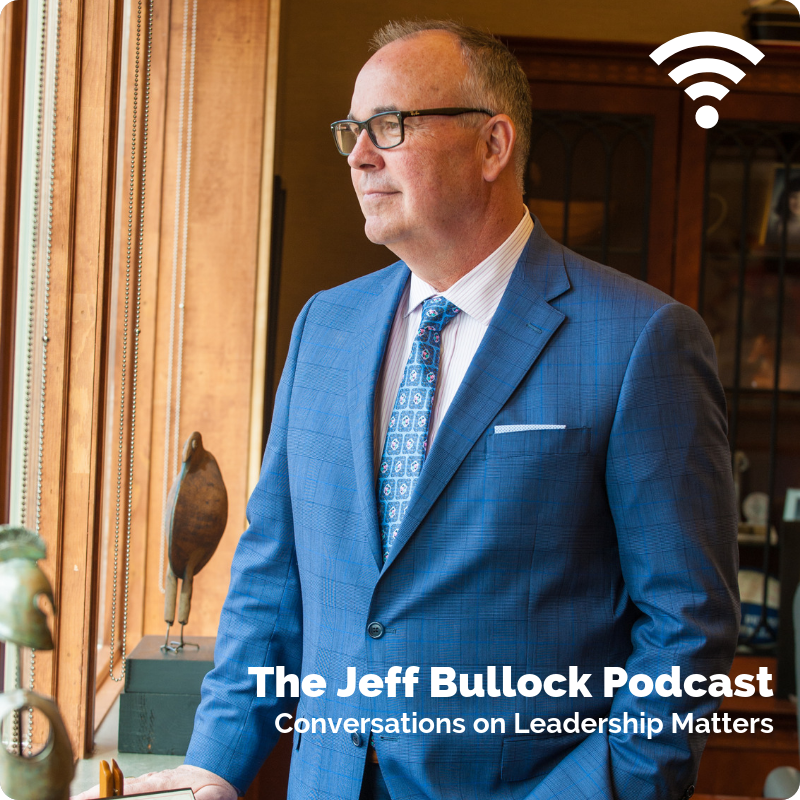We have come through a period of history where leaders are often rewarded for driving an organization to a point of final destination. In this “leadership as destination” model, organizations have been “built to last,” and a lot of thought and effort has been invested in preparing the organization to get to that final point of completion.
The problem is that organizations don’t transcend time, nor do they transcend the daily advancement of technology, the changing demographics of America, or the increasing complexity of our world. They may be “built to last,” but what does that mean in a world where one of the only constants is change itself? Or, put another way, how do we build an organizational foundation when the ground beneath us continues to move?
There are plenty examples of organizations that were built to last—that were built on solid ground and then imploded, or nearly imploded, in both the for-profit and not-for-profit sector. Does anyone under the age of 30 remember Kodak? How about Parsons College?
I’d like to explore a different model of leadership. It’s a model of leadership which accepts that the world is changing* more quickly than we can truly comprehend. As a result, we need to develop a different skillset and mindset in order to lead with confidence and integrity.
We need to learn to lead as if on a journey. Understanding leadership as a journey requires a fundamental reorientation about the very essence of leadership. Leadership as a journey is a model that is available to all kinds of people from different walks of life. From professionals with credentialed degrees to practitioners at the school of hard knocks; lay people in the pew to professional clergy; grass roots political activists to elected politicians; and young adults to those who are more seasoned in years.
It is also a model of leadership that I believe James Davison Hunter alludes to in his book, To Change the World. As I’ve noted in previous posts, Hunter suggests that we’re all leaders in our respective “…spheres of influence.”
In my own practice and research, I have either identified or appropriated at least four leadership disciplines and seven essential character virtues that are required to lead effectively as if on a journey. On the surface, these disciplines and character traits sound self-evident but practicing them is another matter, and is often the difference between leading effectively in one’s sphere of influence and, well, to put it bluntly…crashing and burning.
I will discuss these disciplines and character virtues and, where possible, give appropriate attribution in forthcoming posts. I’m also really interested in any additional leadership disciplines or character virtues that my you suggest, so please don’t hesitate to comment below with your own. Here is my list:
Four Leadership Disciplines
1. Be kind to people
2. Listen
3. Never loose sight of the big picture as you get caught up in the day-to-day minutia;
4. Always, always, always tell the truth
Seven Essential Character Virtues
1. PERSONAL STRENGTH
2. HUMILITY
3. INTERPERSONAL SKILLS
4. SELF-DISCIPLINE
5. AUTHENTICITY
6. ACCOUNTABILITY
7. AN EMPOWERMENT ORIENTED SPIRIT
*For a much more sophisticated way of describing what I mean by “change,” see Robert George’s description of “dynamism” in Conscience and its Enemies (pp. 7ff.).










